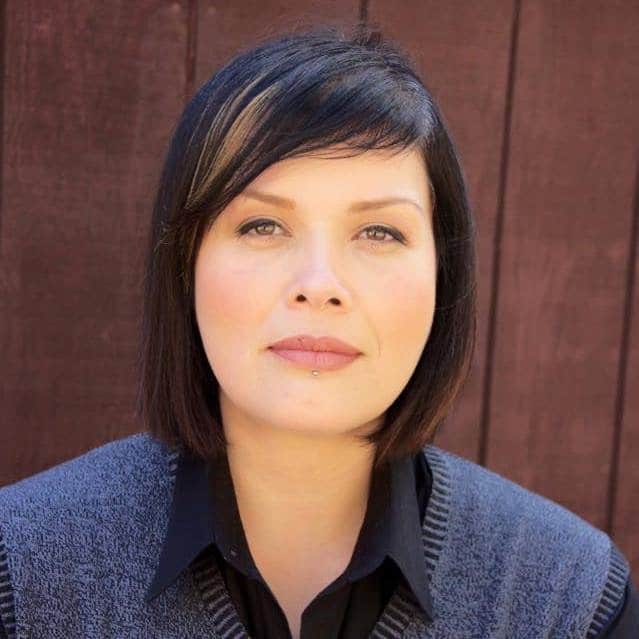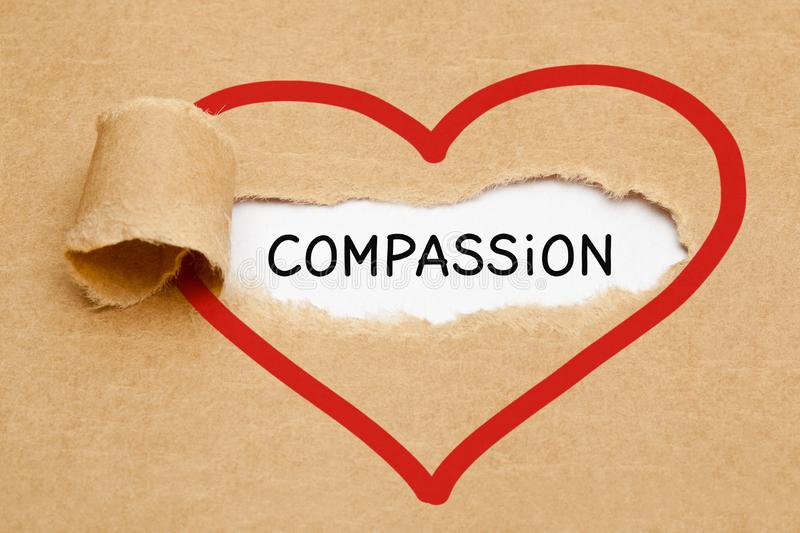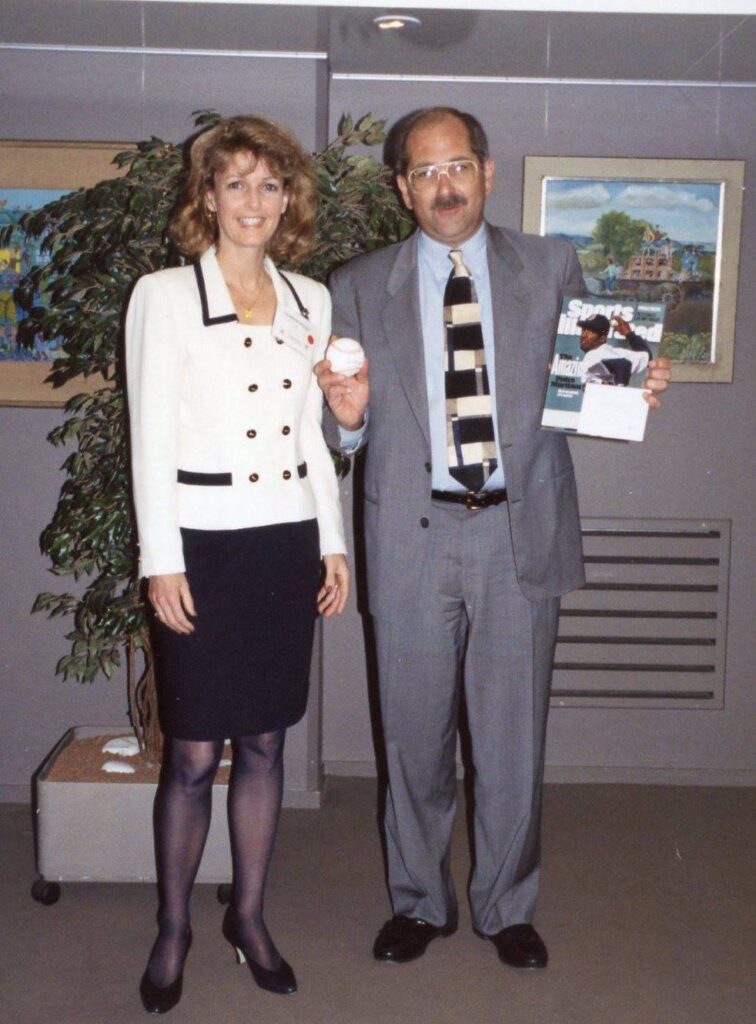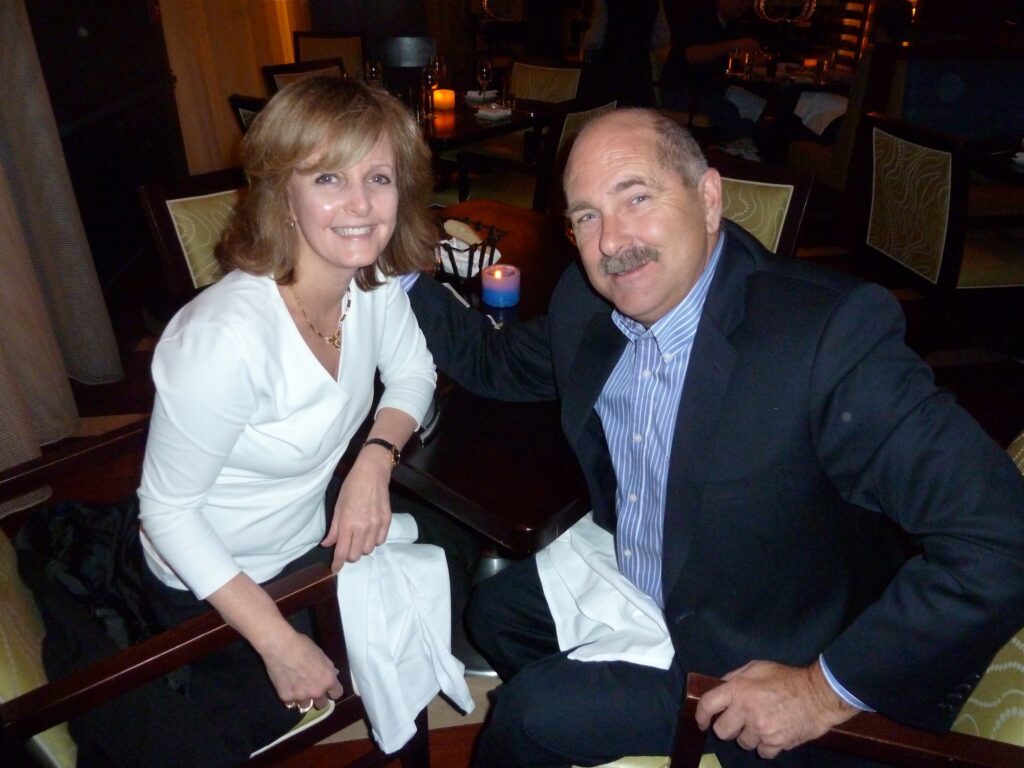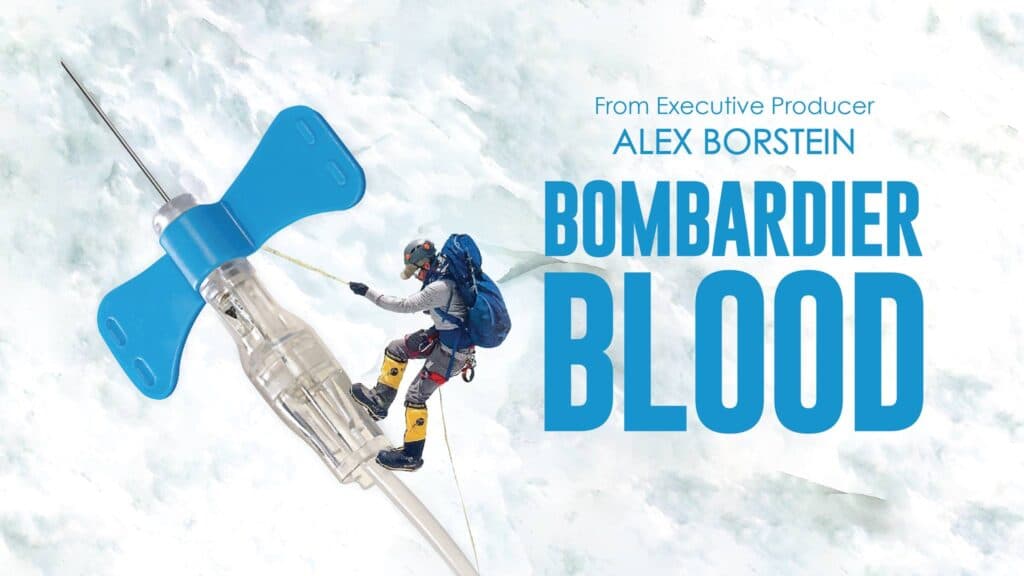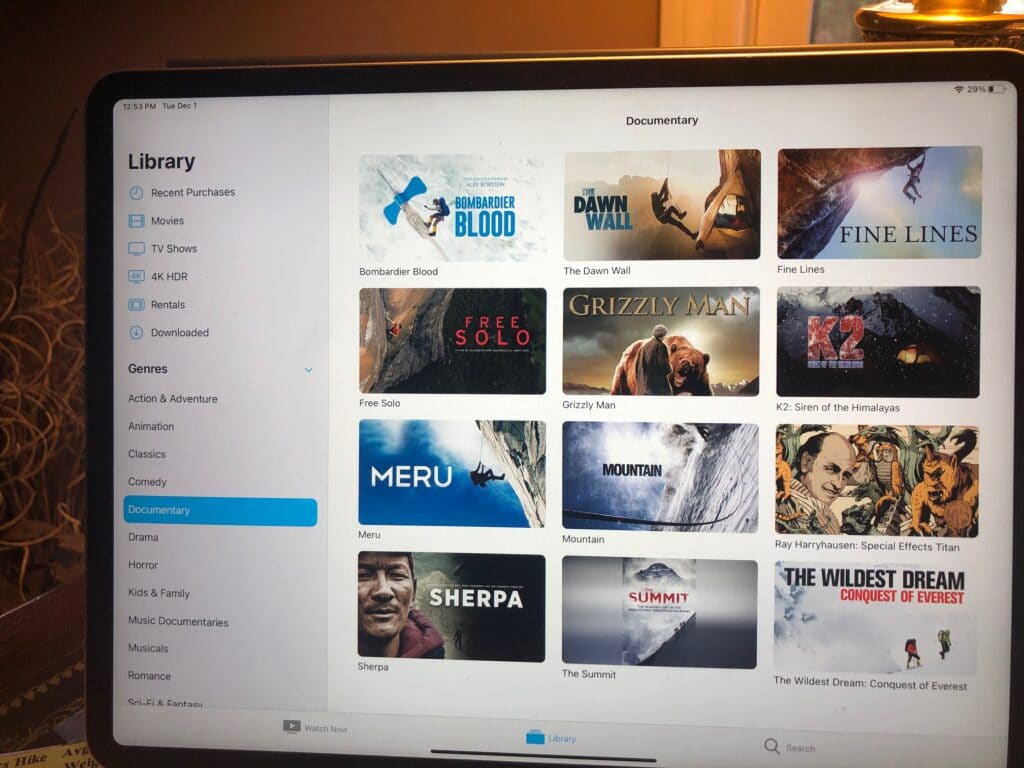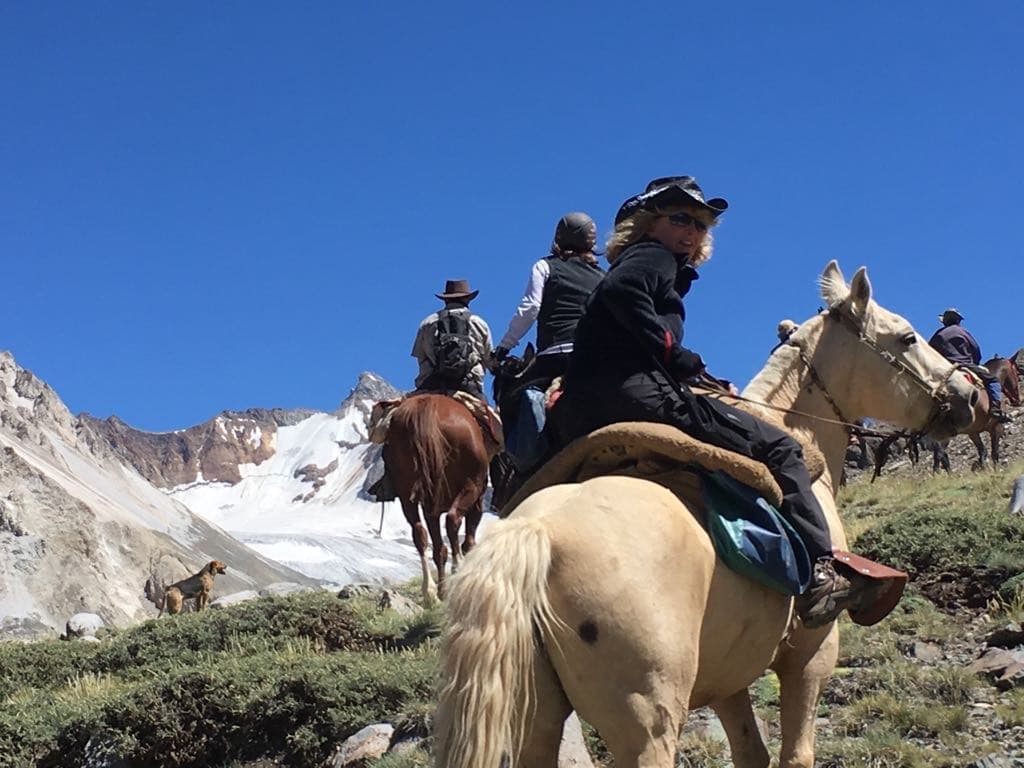Richard’s Review: Fictional Family Members
by Ricard Atwood
What does a typical family in the bleeding disorder community look like? I don’t know. There’s so much variability in family composition that the range of normal seems boundless.
Novelists may base their fictional characters on people they know, or use their imagination to create characters. Some novelists want to make a bleeding disorder an important part of their novel’s plot, yet choose another family member as the leading character. I’m curious about these protagonists—wife, mother, sister of someone with a bleeding disorder—in the following novels.
A Place for Kathy

Henry Denker William Morrow, 1997
Tessa Taylor, 40, has a type-A personality and runs her own organic makeup company. She is married with three kids. Living on the Florida panhandle coast, Tessa hunkers down alone for a Category 4 hurricane, with her family elsewhere. Curious, she snoops on her architect husband Ethan’s iPad and discovers his affair with Lindsey, a 26-year-old nursing student. Tessa tricks Lindsey into coming to her home, even though she has no power and no gas for the generator. The two women fight, verbally and physically, over Ethan—only to discover that he has additional mistresses. During the storm, and in the middle of this fight, Tessa’s eldest child, Colt, who is 18 years old, 6’6″ tall, and 200 pounds, returns from Florida State University because he runs out of meds for his hemophilia. Colt knows that his mother always keeps some in the refrigerator. Colt arrives bleeding profusely from his leg. Both women stop their fighting to care for Colt by hanging blood-clotting factor bags on an IV pole, which I found to be a puzzling way to treat hemophilia. Fortunately, mothers always seem to be prepared, regardless of the age of their child with a bleeding disorder.
Mine
Courtney Cole. Gallery Books, 2019

This melodramatic novel is sure to produce misty eyes, if you overlook some of the contrived storyline. In 1994, Grace Cameron becomes a widow when her husband, Kip, dies unexpectedly from a brain hemorrhage caused by a fall while hiking. Kip taught literature at a midwestern university, but had no life insurance because of his pre-existing condition, hemophilia. Grace learned of Kip’s hemophilia when they first dated, and she knew that he had tested negative for HIV. So in 1996, she is shocked to learn that she is HIV positive. As her medical symptoms worsen over 18 months, despite numerous antiviral drugs (AZT, DDC, DDI), Grace is overwhelmed by the prospect of dying. She is desperate to find a home for her 13-year-old daughter, Kathy. For Grace, few people meet her strict criteria as caregivers for Kathy. As I read the book, I wondered why Grace never hired a lawyer to plan her daughter’s guardianship, and never joined an AIDS support group. Or why Kip never attended an HTC. Still, spouses of HIV-infected people with hemophilia need more recognition for their important caregiving roles.
The Key to Finding Jack
Ewa Jozeflowicz. Zepher, 2020
Felicity Chesterford, who goes by “Flick,” is enrolled in secondary school in London. She assists her older brother, Jack, in his quest to solve puzzles. Jack finishes his A-level exams in June and plans to spend a gap year traveling in South America. Their father, a barrister, pressures Jack to become a lawyer. Their mother, who runs a social media company, is overprotective of Jack because he has hemophilia. Jack is well prepared with a special medical kit and a doctor’s letter for his hemophilia. Unexpectedly, in January an earthquake hits Lima, Peru, where Jack is headed. Communication is impossible. Flick and her best friend, Kiera, decide to act like detectives to uncover clues that will locate her missing brother, who might be in a medical emergency. Flick is successful, while the foreign office and local police are not, in finding Jack. In this novel for young readers, the plot emphasizes finding clues to solve puzzles, while the often neglected role of sibling bonding, when bleeding disorders are involved, receives recognition.
***
As seen in these novels, family members without bleeding disorders are just as important as the ones with bleeding disorders. The novelists realize that, while the bleeding disorder provides the drama, other family members can play a leading role. All this creates a dynamic fictional situation, one that reflects reality.

